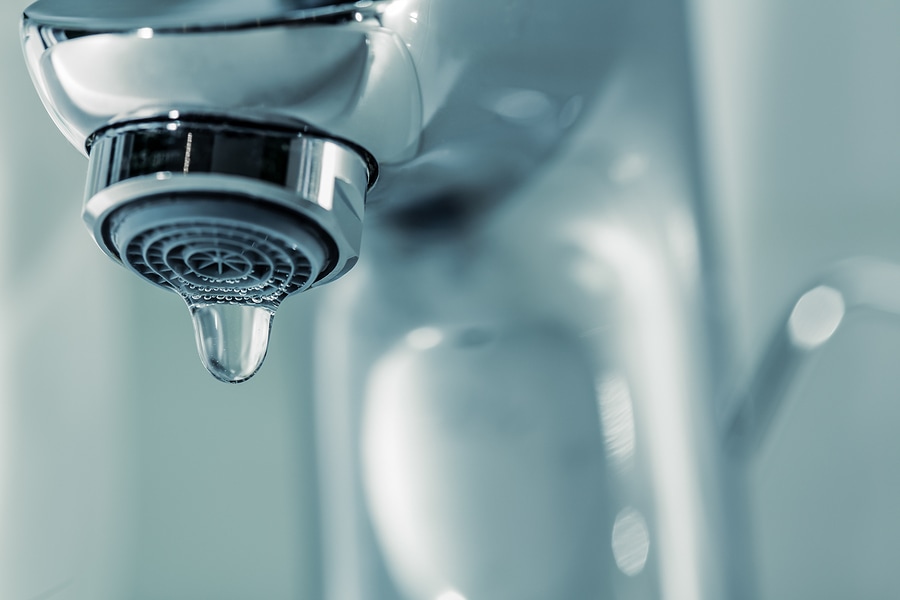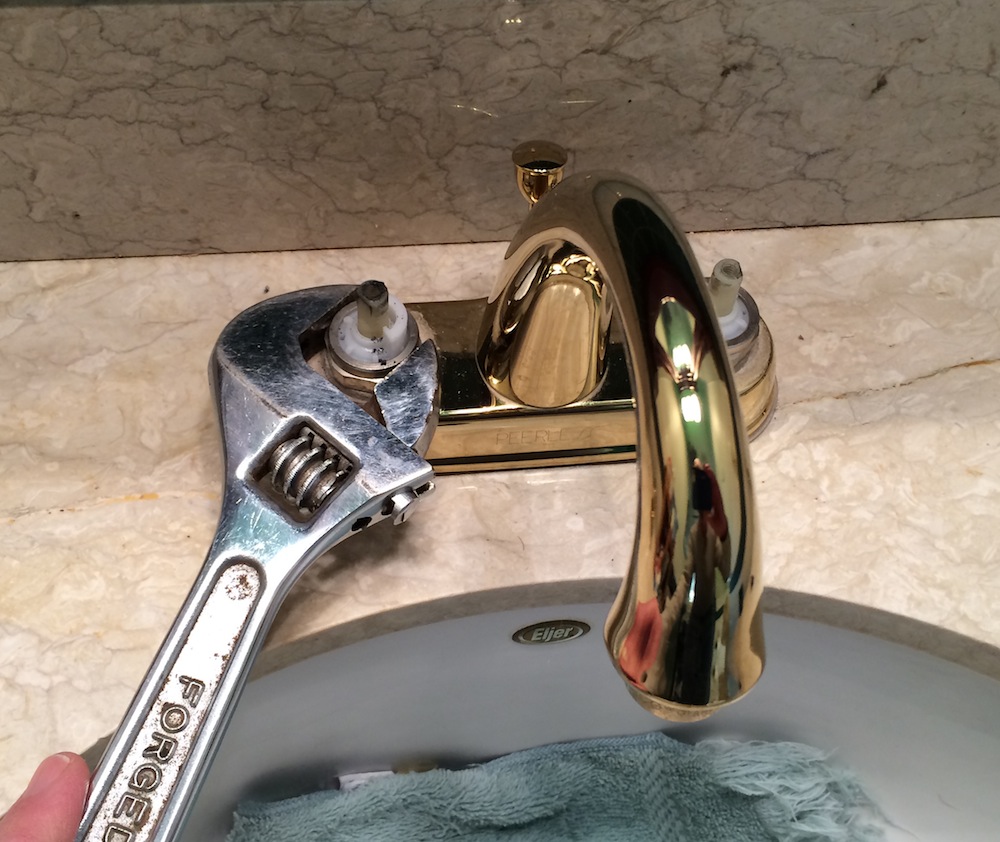Which It's Necessary to Fix a Faulty Faucet
Which It's Necessary to Fix a Faulty Faucet
Blog Article
This great article in the next paragraphs relating to Why Is It Important To Fix Your Leaking Tap/Faucet? is amazingly fascinating. You should investigate for yourself.

Leaking faucets could look like a small hassle, but their influence goes beyond just the annoyance of the noise. From drainage to incurring unneeded monetary costs and health and wellness risks, ignoring a leaking tap can lead to different effects. In this post, we'll explore why it's vital to resolve this usual family concern quickly and properly.
Wastage of Water
Environmental Effect
Trickling taps add substantially to water wastage. According to the Epa (EPA), a single faucet dripping at one drip per secondly can lose greater than 3,000 gallons of water each year. This not only stress water resources but likewise impacts ecological communities and wild animals depending on them.
Step-by-Step Guide to Fixing a Dripping Faucet
Tools Required
Prior to attempting to fix a trickling tap, collect the essential devices, consisting of an adjustable wrench, screwdrivers, substitute components (such as washing machines or cartridges), and plumber's tape.
Usual Faucet Issues and Their Solutions
Recognize the kind of tap and the certain problem triggering the drip. Usual troubles include worn-out washers, rusty shutoff seats, or damaged O-rings. Refer to supplier directions or online tutorials for step-by-step assistance on repair services.
Financial Prices
Increased Water Bills
Beyond the environmental effect, trickling taps can blow up water costs considerably. The gathered wastefulness gradually translates into greater utility costs, which might have been avoided with timely repair work.
Potential Home Damages
Furthermore, prolonged trickling can result in harm to fixtures and surface areas bordering the faucet. Water buildup can cause discoloration, corrosion, and also structural issues if left ignored, leading to extra fixing expenses.
Health Worries
Mold and Mildew Growth
The constant visibility of wetness from a leaking faucet creates a suitable setting for mold and mold growth. These fungi not just jeopardize indoor air high quality however also present health dangers, especially for individuals with respiratory conditions or allergies.
Waterborne Illness
Stagnant water in leaking faucets can end up being a breeding ground for microorganisms and other virus, enhancing the threat of waterborne conditions. Impurities such as Legionella germs thrive in stagnant water, potentially resulting in major diseases when consumed or breathed in.
DIY vs. Specialist Repair work
Advantages and disadvantages of Do It Yourself Repair Work
While some may attempt to take care of a trickling tap themselves, DIY fixings feature their very own set of challenges. Without proper understanding and devices, do it yourself efforts can worsen the concern or bring about insufficient repair services, lengthening the trouble.
Advantages of Hiring a Professional Plumber
Hiring a professional plumber makes sure that the underlying source of the leaking faucet is attended to properly. Plumbing professionals possess the know-how and devices to identify and fix tap issues efficiently, saving time and minimizing the risk of more damage.
Ecological Obligation
Individual Payment to Preservation
Taking responsibility for dealing with leaking taps aligns with more comprehensive efforts towards water conservation and environmental sustainability. Every person's actions collectively make a substantial influence on preserving priceless resources.
Lasting Living Practices
By prioritizing prompt fixings and adopting water-saving behaviors, individuals contribute to sustainable living practices that benefit both present and future generations.
Preventive Measures
Regular Maintenance Tips
To stop dripping taps, do regular upkeep such as cleaning aerators, evaluating for leakages, and changing damaged components immediately. Furthermore, think about installing water-saving devices or updating to much more effective fixtures.
Significance of Prompt Repairs
Addressing dripping taps as quickly as they're seen stops additional water wastefulness and prospective damages, inevitably saving both water and cash over time.
Effect On Residential Property Value
Assumption of Well-Maintained Residential Property
Maintaining a building in good condition, including attending to upkeep problems like leaking taps, boosts its perceived value and worth among prospective customers or tenants.
Influence on Resale Worth
Characteristics with well-kept plumbing components, consisting of faucets, command higher resale values in the real estate market. Addressing trickling taps can add to a positive impact throughout residential or commercial property assessments and settlements.
Conclusion
Addressing a trickling faucet exceeds plain ease; it's an important step towards conserving water, reducing monetary costs, and securing wellness and building. Whether through DIY repair services or professional aid, acting to deal with dripping faucets is a tiny yet impactful method to advertise responsible stewardship of resources and contribute to a much healthier, much more sustainable future.
Most Common Reasons for a Leaky Faucet and How to Stop the Drip
Whether it’s your kitchen faucet leaking or a bathroom faucet leaking, one leaky faucet can waste anywhere from three to 30 gallons of water every single day. If the constant drip-drip-drip doesn’t get your attention, your water bill will. The good news is that, by following a few simple steps, chances are pretty good you can fix the problem yourself.
Why is it dripping?
Before you start taking things apart, let’s break down some of the most common causes of a leaky faucet.
Bad O-ring.
A cartridge is a valve that controls the flow of water into the faucet spout. On cartridge faucets there’s an O-ring—the little disc attached to the stem screw that holds the faucet handle in place. If it’s loose or worn-out, it can cause your sink handle to leak. Of course, the cartridge itself could be worn out. If that’s the case, make sure you replace it with the exact same kind.
Corroded valve seat.
The valve seat connects the faucet and the spout. If the leak seems to be coming from the spout, it might be because a buildup of water sediment has corroded the valve seat.
Worn-out washers or seals.
A leaky spout could be caused by a bad washer that rests against the valve seat. It’s just a matter of time before friction takes its toll. It could also be the wrong size washer or one that’s been installed incorrectly. Water sediments can also corrode inlet and outlet seals.
Water pressure.
If the faucet only drips now and then, or when you turn the handles a certain way, you should probably check your home’s water pressure.
Loose or broken parts.
The adjusting ring and packing nuts in the stream screw can become loose over time, causing your sink handle to leak. Try tightening or replacing the packing nut. If the leak is coming from the pipes underneath the sink, you probably have a broken pipe or fitting. If that’s the case, you should definitely call a plumber.
Know your faucet.
Faucets come in a variety of types. Each one has its own assembly—and its own possible causes of leaks. Learning about the four most common kinds of faucets will help you know how to take them apart and make any repairs.
How to stop a leaky faucet
Fixing that leaky faucet doesn’t have to take a lot of time, money, or expertise. It’s usually a simple matter of replacing a worn-out washer or gasket, a loose O ring, or another part. Chances are really good you can do this yourself if you follow these simple steps.
Shut off the water.
Before you tackle the faucet, cut off the water supply to the sink. There should be one valve for hot and one for cold. Hand-turn them clockwise with your hands till they close. If there are no valves under the sink, head to the basement and shut off the main water supply to the house. Then turn on the faucet until it empties out the water that’s still in the line and you’re ready to start. It’s a good idea to cover the sink drain with a plug or a rag so you don’t lose any small pieces and parts while you’re working.

I am just very fascinated by Why Are My Faucets Dripping (And Can I Fix It Myself)? and I'm hoping you enjoyed the new piece. Sharing is caring. Who knows, you may just be doing someone a favor. Kudos for being here. Come back soon.
Report this page